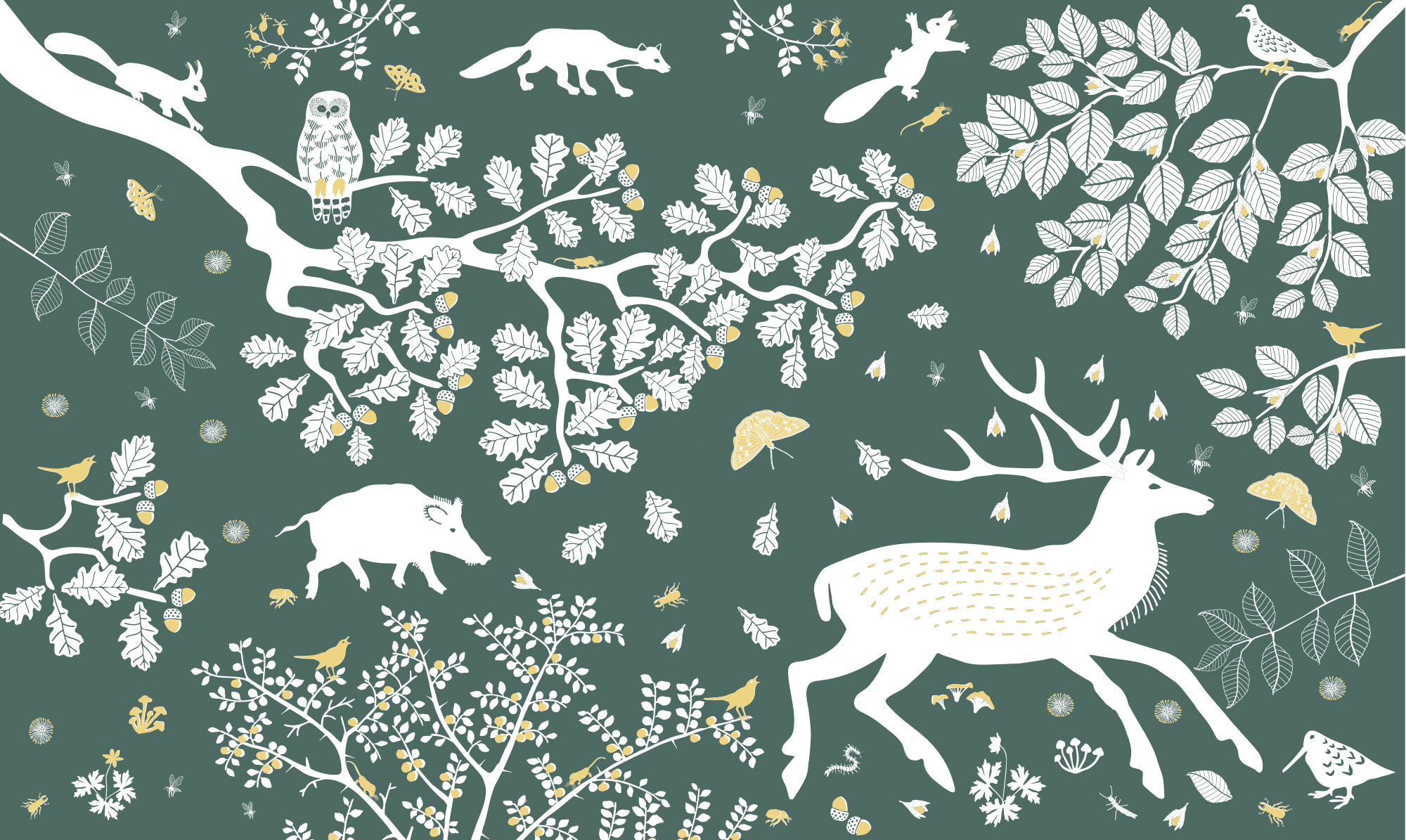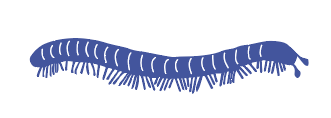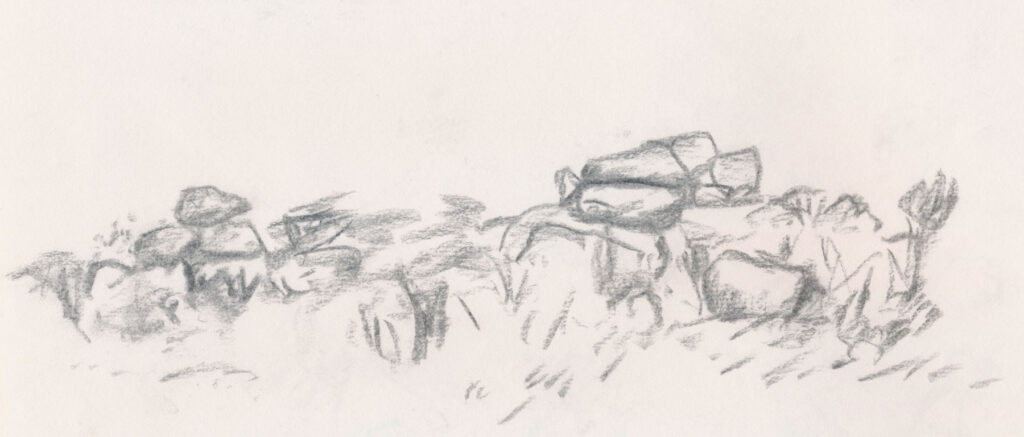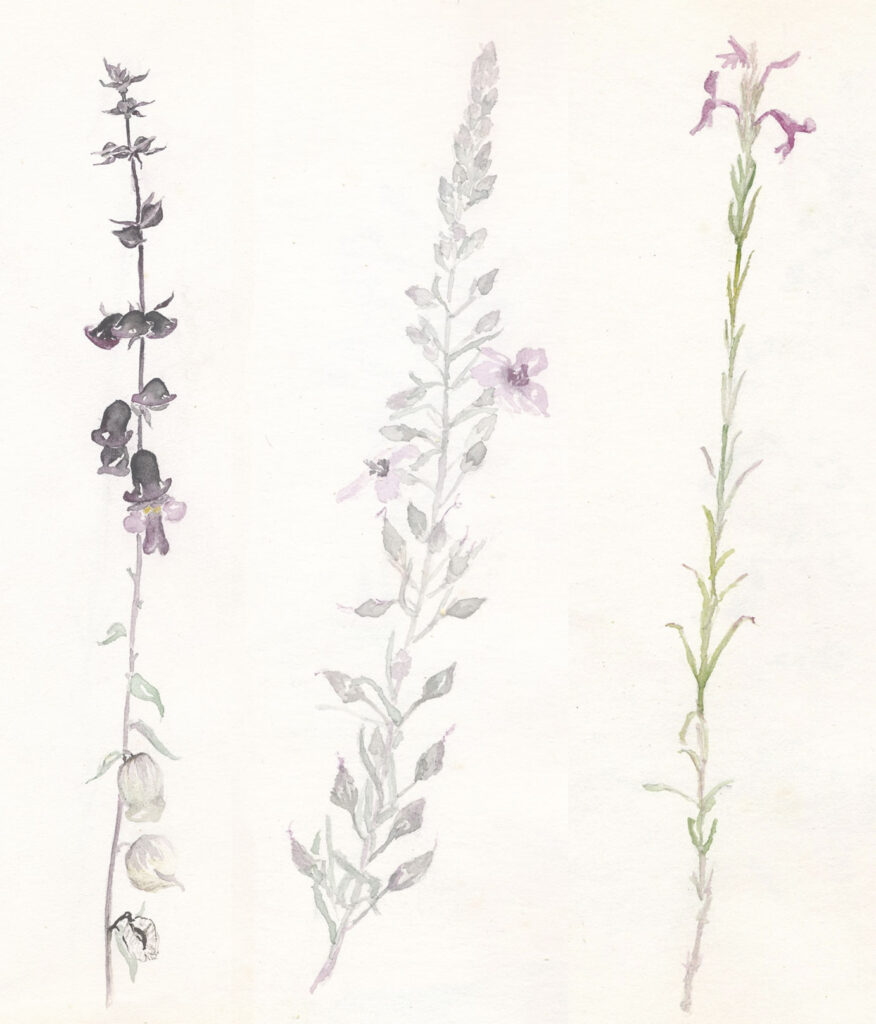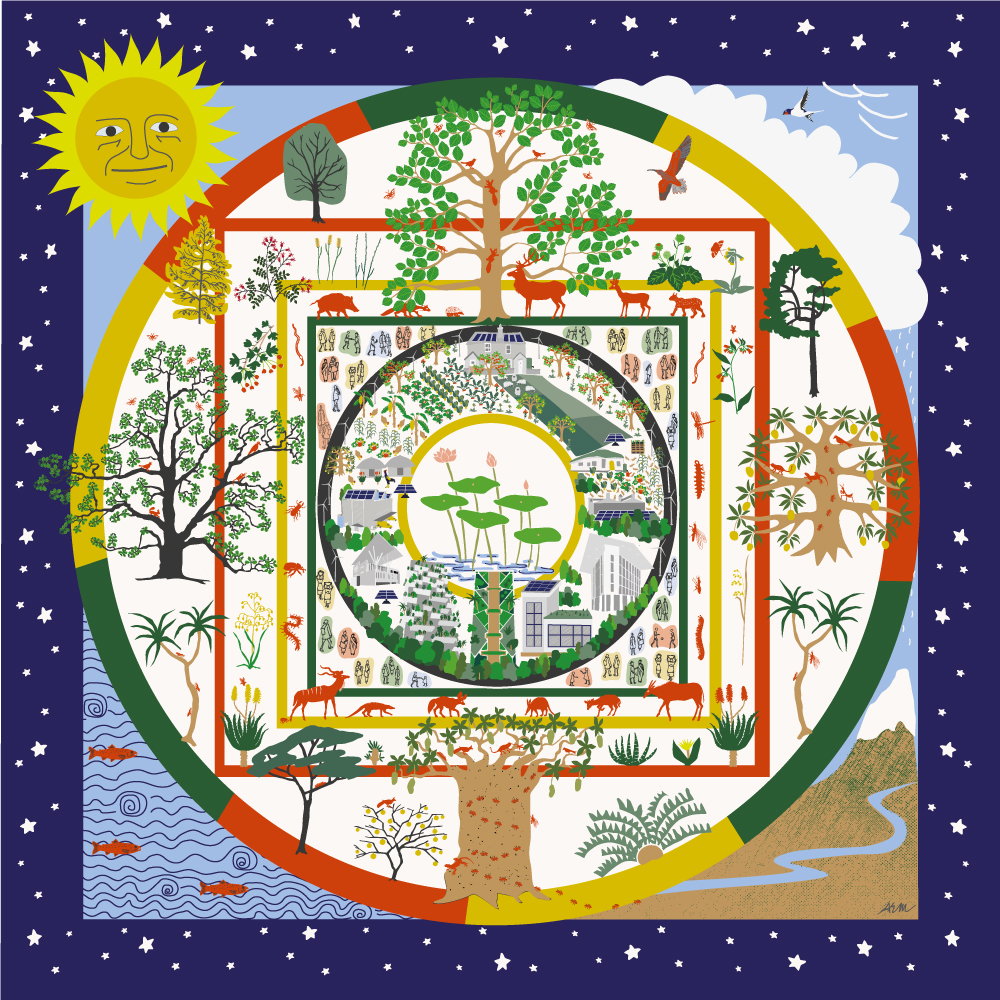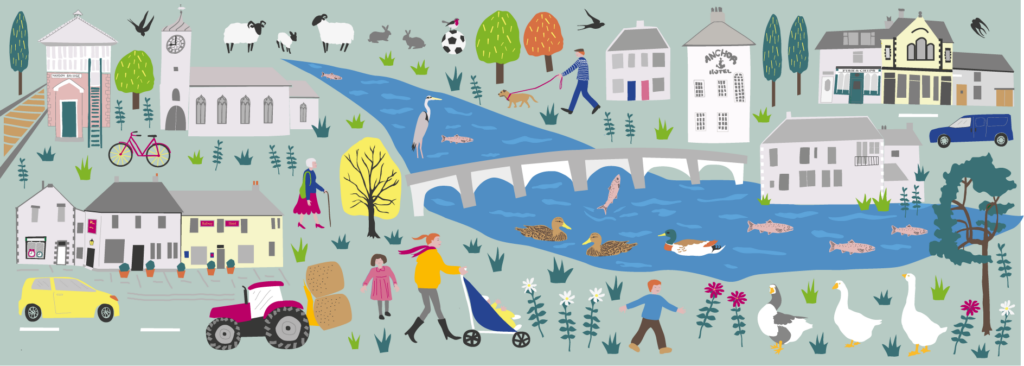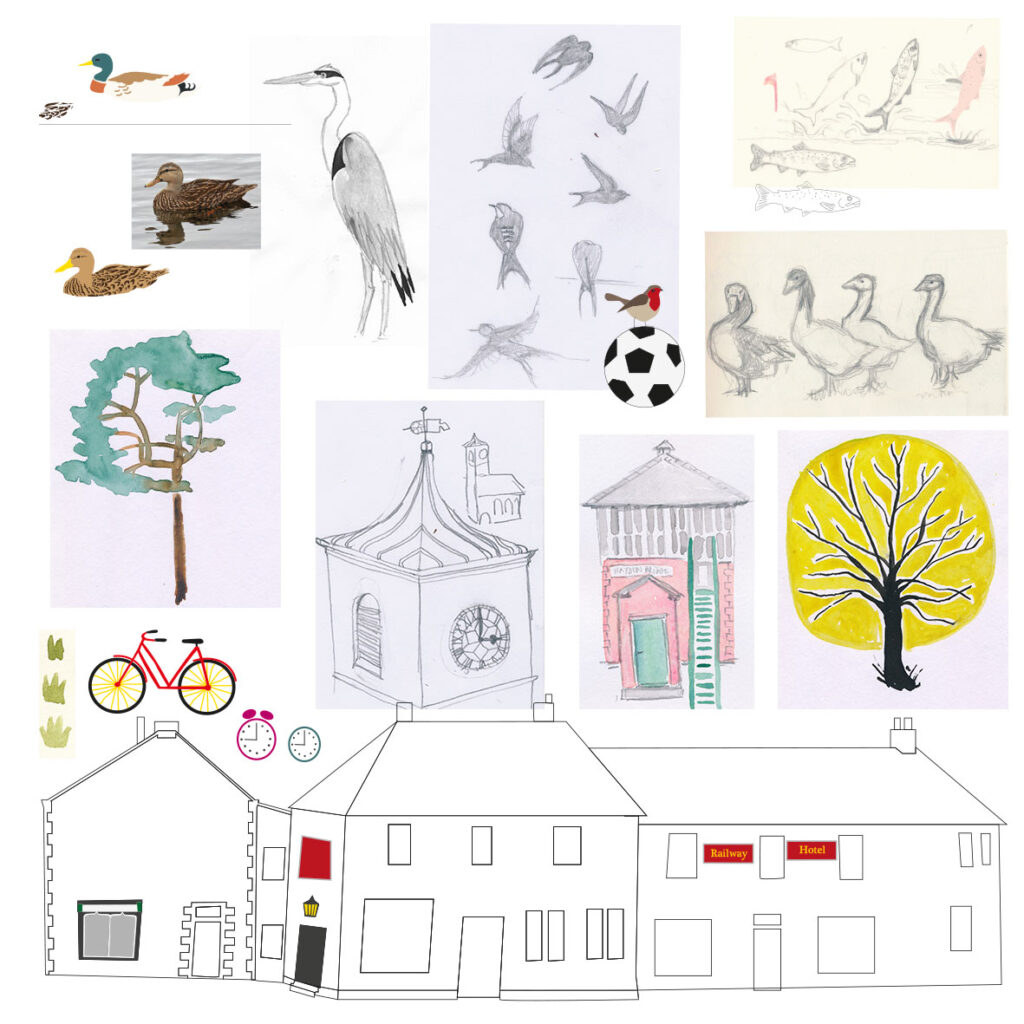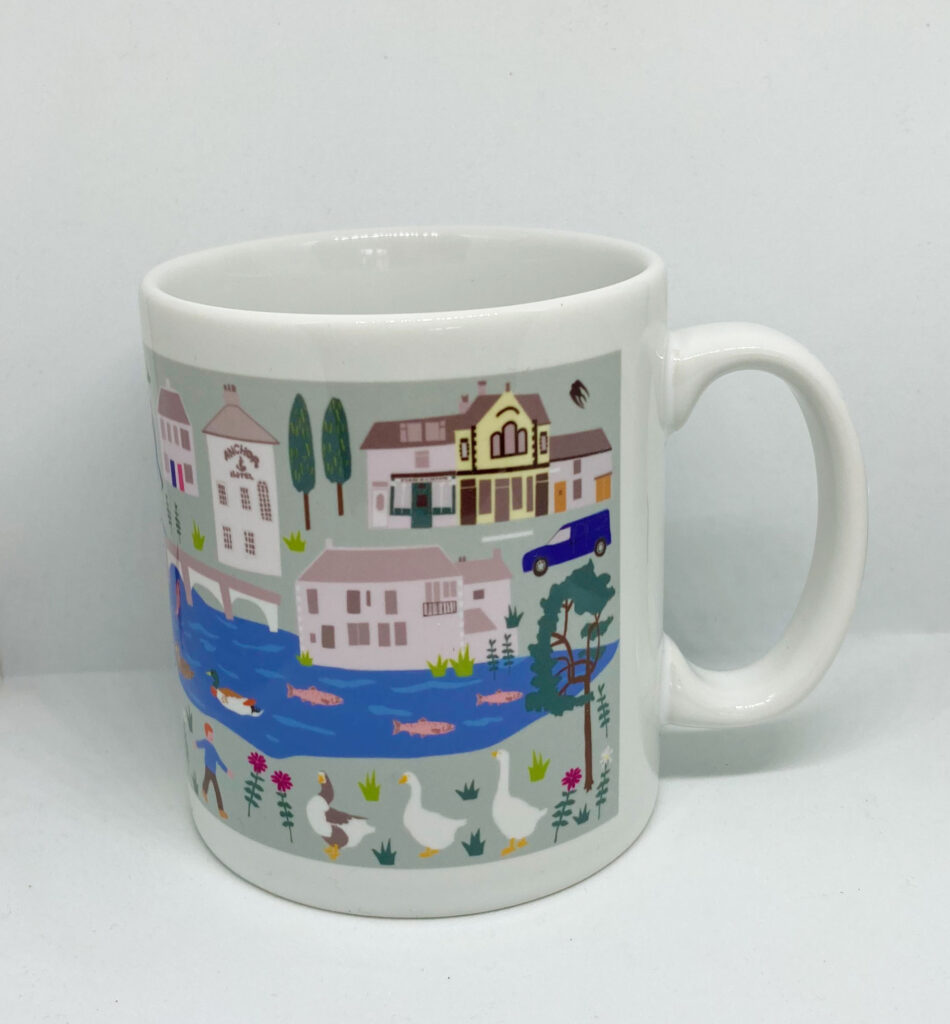This blog is about what I have learned about the British environment and how it informs the design of my Wilding Environment Print.
- The Great Un-wild
- Un-wilding
- Re-wilding
You can learn more by following the links and by downloading the reading list I have put up in the Community part of this website.
1. The Great Un-wild
When I first visited Europe, a long time ago, I threw myself into the heritage buildings and history, the shops, the transport, the theatre, the galleries and the countryside. I had to see castles, cathedrals, country houses, daffodils, tulips, oak trees and all I had encountered vicariously in literature and on TV.

But after a while, I felt a growing hole. Food tasted ‘manufactured’. Fresh produce markets sold perfect unblemished fruit and veg, packaged, chemical-laden and unlocal. The fields and hedges were too neat. I craved scraggly, uncontrolled spaces and wide skies. I longed for home where there was less resolution and order, and lots of wild.
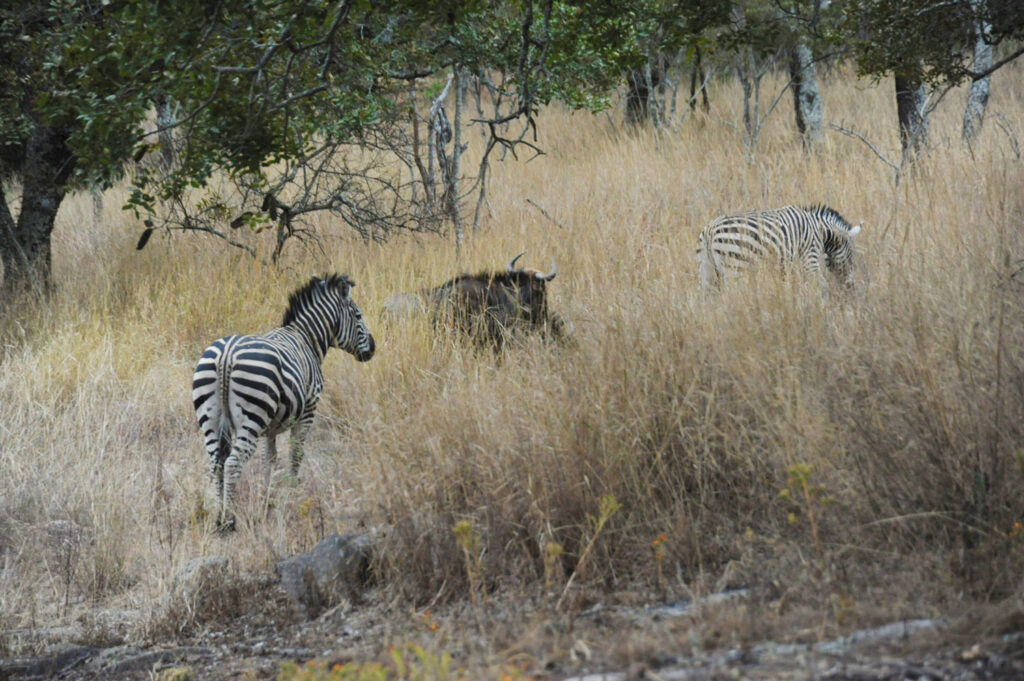
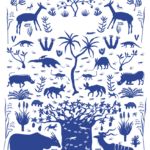
When I designed Savannah Woodland, I knew the animals and plants from deep within. They were the wild flora and fauna of my youth. Creating a companion piece for Britain has been much, much harder.
To design Wilding, though, I needed to read and learn a great deal. Fortunately I live next to the River Tyne and I walk in the north Pennines almost every week and so I now have 20 years of being in British nature. This means I’ve been able to connect my heart to what I have been finding out with my head. The reading and internet searching have thus been a gift because I now feel more rooted in my northern home. And those perceptions of something being missing that I had as a young traveler have been confirmed.
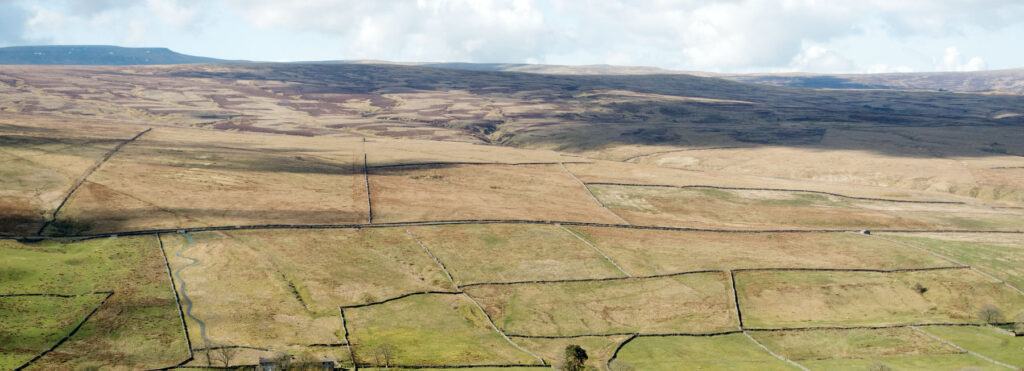
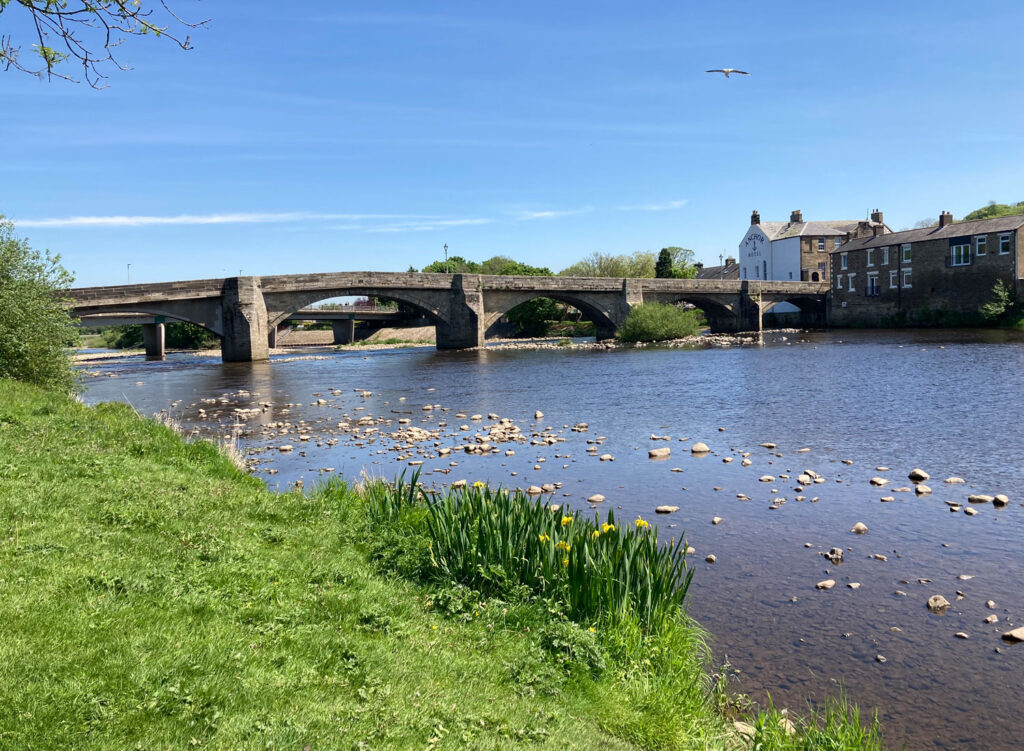
- Haydon Bridge on the River Tyne 2. The North Pennines [Photo: Aron Mazel]
Something big has happened to Britain in the last 100 years. The natural environment, imperceptibly for many, has been harmed on a grand scale. It has been turned into the great, neat and tidy unwild outdoors with more sheep than it should carry.
For a summary of the damage that I have learned about, go to 3. Un-wilding.
For my design Wilding, though, I have focused on the re-wilding that is happening, which you can read about next.
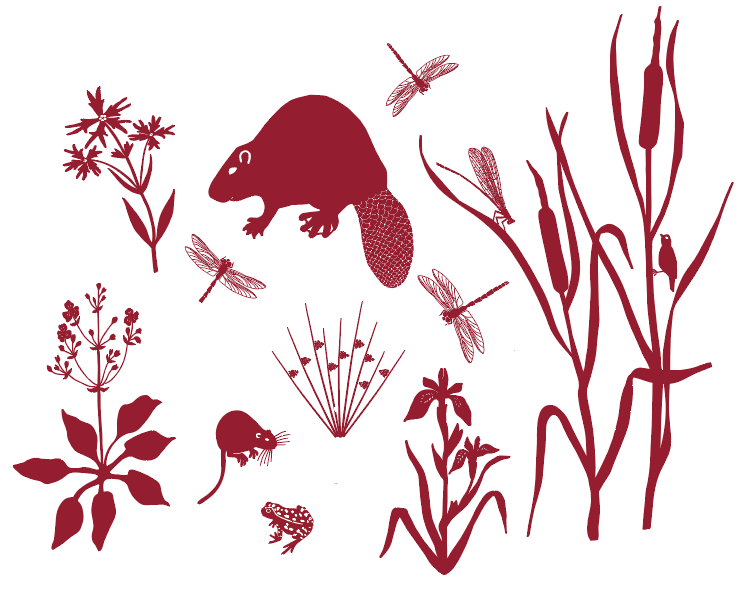
Return to Wilding Environment Print.
